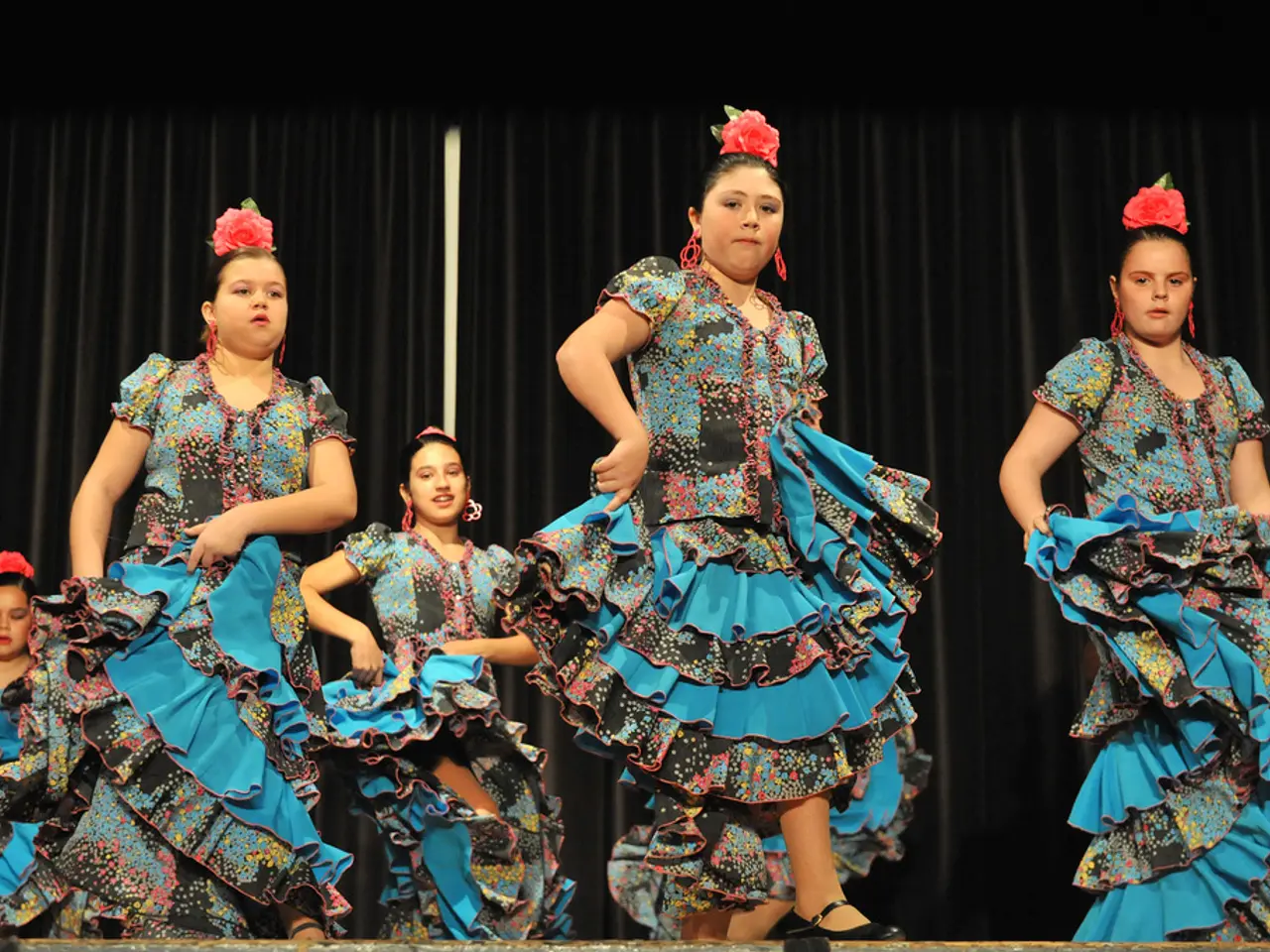Styles and Social Norms
In the dynamic world of fashion, designers are increasingly embracing cultural traditions as a means to celebrate diversity and preserve heritage.
The globalisation of fashion has opened up a world stage for artisans from various cultures to showcase their unique craftsmanship. From the intricate patterns of Indonesian Ikat textiles to the vibrant colours of African Batik, traditional textiles have gained popularity in international markets. This global appreciation not only provides economic opportunities for these artisans but also promotes awareness about their cultural traditions.
Traditional garments, such as Japan's Kimonos and Korea's Hanboks, are living expressions of cultural identity. These traditional clothing pieces have inspired contemporary designers like John Galliano and Alexander McQueen, who reinterpret these garments' structures and aesthetics in a modern, artistic context while respecting their cultural essence.
Many indigenous communities rely on traditional crafts such as weaving or embroidery as a means of preserving their cultural heritage. By incorporating these techniques into contemporary fashion, designers can help sustain these age-old skills while promoting cultural awareness.
Fashion serves as a powerful platform for storytelling and education about different cultures. It provides a lens through which we can appreciate the richness and diversity of global style. By embracing diverse influences and perspectives, the fashion industry can move towards a more inclusive and respectful approach to cultural exchange.
Cross-cultural collaboration and creativity have been fostered by globalisation in the fashion industry. This collaboration not only enriches the industry but also contributes to the preservation of cultural heritage.
Moreover, fashion plays a crucial role in preserving cultural heritage by showcasing traditional clothing and craftsmanship from different cultures. By promoting ethical practices such as fair trade and sustainable production methods, fashion can contribute to the preservation of cultural heritage while ensuring that the artisans are fairly compensated for their work.
The accessibility of international fashion through online platforms has led to a greater awareness and celebration of diversity in fashion. This increased exposure has fostered a greater appreciation for diverse styles and traditions, contributing to a more culturally sensitive and inclusive fashion industry.
In the end, fashion is not just about trends; it is a reflection of culture, history, and identity. By embracing and celebrating the rich cultural tapestry that fashion represents, we can help preserve cultural heritage for future generations to enjoy and appreciate.








